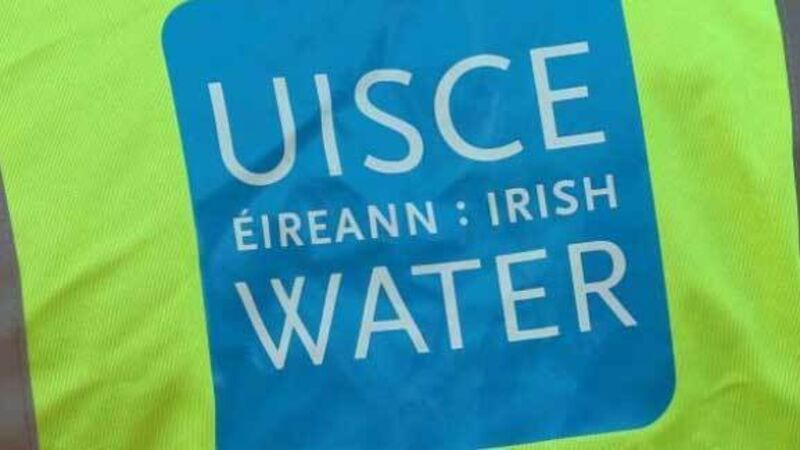Irish Water works ‘pose threat to Ring of Kerry rock carvings’

An environmental group has expressed concern that construction work by Irish Water is posing a threat to ancient rock carvings on the Ring of Kerry.
An Taisce claims Irish Water’s upgrade of a public water scheme on the Iveragh peninsula near Sneem is threatening the Stone Age artwork.
It claimed the townland of Letter West has the greatest number of rock art panels dating from Neolithic times in any part of Ireland.
Sixty four panels have been recorded in the area to date together with another 50 panels in the adjoining townland of Kealduff Upper.
“This group of Rock Art stones constitutes 15% of the national total,” said An Taisce’s antiquities officer, Mark Clinton.
“The Letter West/Kealduff Upper assemblage has to date survived in a pristine, unspoilt natural habitat. All that, after thousands of years, is about to change.”
An Taisce described the proposed works by Irish Water, which include a reservoir and two concrete tanks, as extensive.
It also seemed the fact that Ireland had ratified the European Convention on the Protection of the Archaeological Heritage in 1997 had been overlooked.
The Valetta Convention required state authorities to ensure that environmental impact assessments and resulting decisions involved full consideration of archaeological sites and their settings.
“This is clearly the wrong location for this installation,” said Mr Clinton.
The organisation called on Culture and Heritage Minister, Josepha Madigan to enforce the terms of the Valetta Convention.
“This development has to be stopped and relocated before the host landscape of the Rock Art is desecrated and ruined for future generations,” Mr Clinton said.
Irish Water is spending €3.8m on the upgrade of the Mountain Stage water supply scheme with works at two plants in Letter West and Drom.
The utility company said the investment would result in improved drinking water quality and increased storage capacity which would allow seasonal demand to be met.
Further, it would also allow the plant to be removed from the Environmental Protection Agency’s existing remedial list of schemes which were failing to comply with EU standards.












